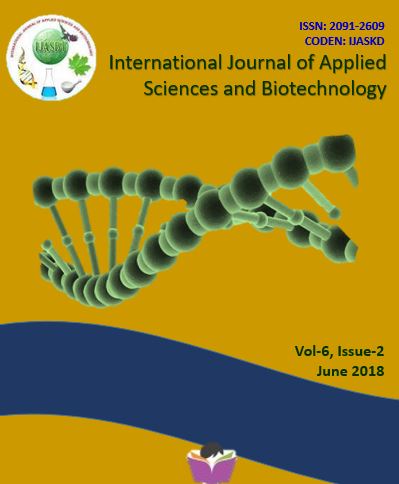An Overview of Current Status, Recent Techniques and Challenges of Liver Transplantation
DOI:
https://doi.org/10.3126/ijasbt.v6i2.20417Keywords:
liver, transplantation, challenges, organ shortage, immunosuppressionAbstract
A liver transplantation (LT) is a surgical procedure that removes a liver that no longer functions properly and replaces it with a healthy liver from a living or deceased donor. It is a viable treatment option for end-stage liver disease and acute liver failure. The most commonly used technique is orthotopic transplantation or deceased donor liver transplantation (DDLT) in which the native liver is removed and replaced by the donor organ in the same anatomic location as the original liver. Ongoing challenges of LT include those concerning donor organ shortages, recipients with more advanced disease at transplant, growing need for transplantation, side effects associated with long-term immunosuppression, toxicities and obesity. Organ shortage has become the most vexing problem in LT, with 10–25% of patients dying while awaiting transplantation. Different ideas has been evolved like living donor liver transplantation (LDLT), marginal donor liver transplantation (MDLT) and split liver transplantation (SLT) to overcome the growing problem of organ shortage. These techniques are becoming very important in an attempt to narrow the gap between demand and supply of organs. The advances in surgical and anaesthetic techniques, greater understanding of the physiological, haematological, biochemical, microbiological and immunological changes in liver disease and transplantation allowed a multidisciplinary approach that led to better outcomes. These changes, coupled with more effective immunosuppressive and anti-microbial agents and improvements in patient and donor selection, mean that now liver replacement is a routine procedure with excellent long term outcomes.
Int. J. Appl. Sci. Biotechnol. Vol 6(2): 67-74




